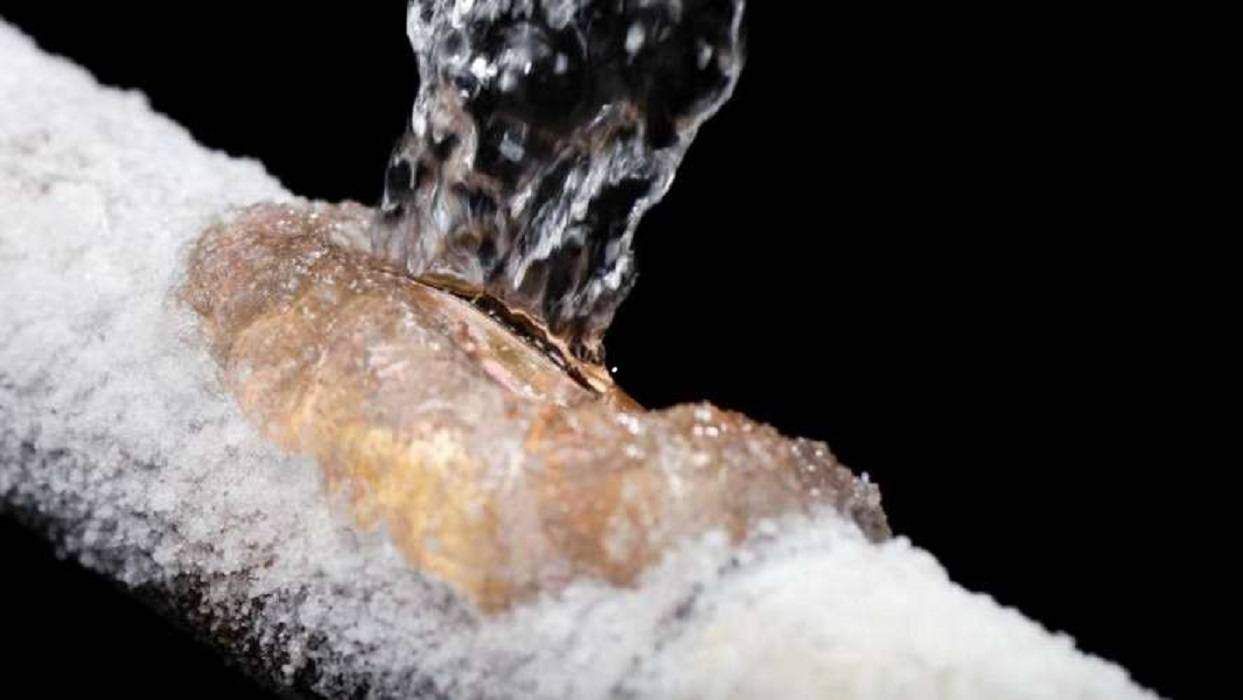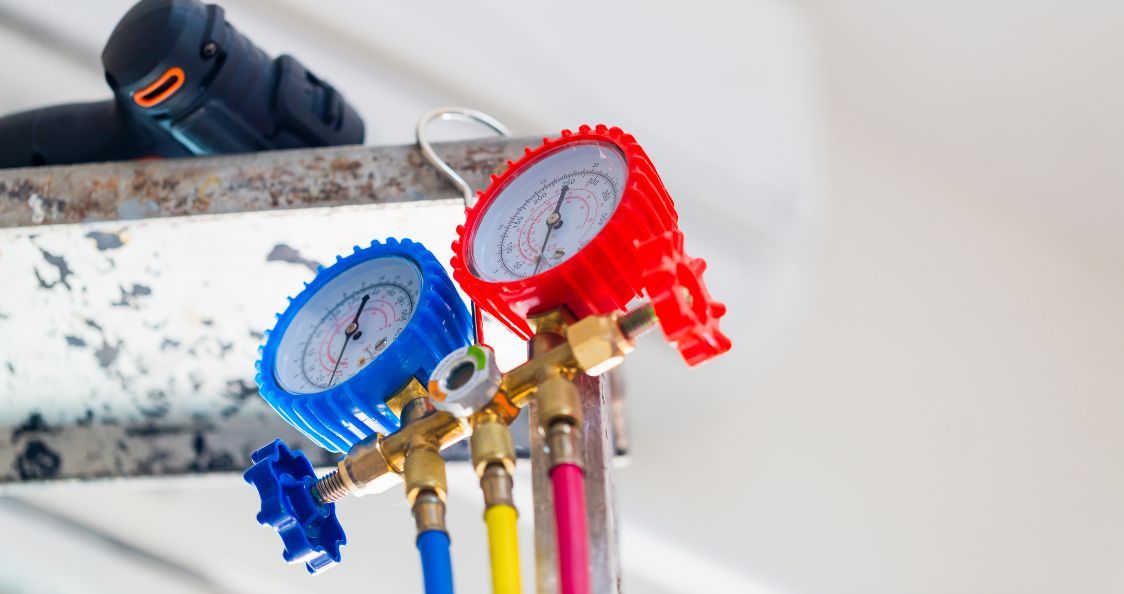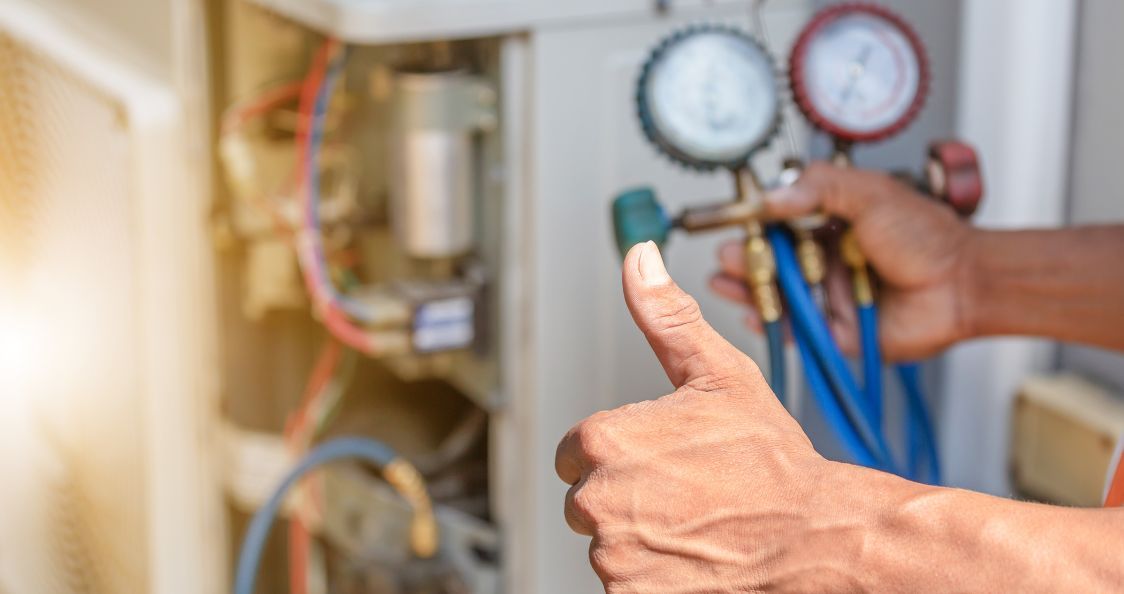
How To Keep Pipes From Freezing
Use The Proper Insulation To Keep Pipes From Freezing
Frozen water lines can be an inconvenience, sure, but they can also cause serious damage. Water expands as it freezes, and with no where to go your pipes may expand causing them to break. We are going to take a look at some effective ways of how to keep pipes from freezing.
What temperature does water freeze?
For water to freeze, the temperature will have to drop below 32 degrees Fahrenheit. Now, the pipes inside your home are insulated enough to keep them from freezing, however, there are several places where your water lines may not be protected enough to keep them flowing freely in freezing temperatures.
Types of Water Pipe Insulation:
Pipe insulation comes in a variety of materials and each has its own application. Let’s take a look at a few types of pipe insulation available today.
- Mineral Wool
- Glass Wool
- Flexible Elastomeric Foam
- Polyethylene
Mineral Wool
This type of insulation is comprised of inorganic strands of mineral fibers bound together using organic binding agents. These Mineral wools are able to withstand high temperatures and offer good fire performance ratings, as well. This type of insulation is most commonly used for industrial piping that operates at higher temperatures.
Glass Wool
Glass Wool is a fibrous, high-heat material similar to Mineral Wool in the fact that it is made up of inorganic strands of glass fibers held together with a binding agent. Glass Wool can be used in thermal or acoustic applications.
Flexible Elastomeric Foam
Based on NBR and EPDM rubber, these closed-cell rubber foams have high resistance to water vapor. Because of this there is no need for additional vapor barriers allowing the foam to prevent surface condensation. This type of insulation is used on refrigeration and air-conditioning pipes, as well as heating and hot-water systems.
Polyethylene
Polyethylene is a flexible plastic foamed insulation. This type of insulation is often used to prevent freezing of domestic water supply piping. It can also be used to minimize heat loss from heating pipes. In terms of fire performance, Polyethylene is usually 25/50 E84 compliant up to 1 inch of thickness[vc_custom_heading text=”Which pipes should I insulate on my home?” use_theme_fonts=”yes”][vc_single_image image=”820″ img_size=”large” css=”.vc_custom_1598897821552{margin-top: 40px !important;}”][vc_column_text css=”.vc_custom_1598898310083{margin-top: 40px !important;}”]Focus on insulating any exposed pipes that supply water first. Drain pipes typically don’t have enough water in them to cause damage if they freeze. If you are worried that they might damage your home you can insulate them as a precaution. Better safe than sorry.
When using more than one sleeve type insulation to cover a long pipe, such as Polyethylene, or Elastomeric foam, be sure to bind them at the seam with a good quality duct tape.
Each season you should inspect the insulation to be positive that it is in good condition and is still able to keep your piping insulated. Reseal any weak areas, joints, and seams.
There are many self-sealing pipe insulation sleeves on the market, but you should still be using duct tape to keep the insulation secure and well-sealed, as the adhesive may deteriorate and cause separation.[/vc_column_text][vc_single_image image=”2492″ img_size=”large” onclick=”custom_link” css=”.vc_custom_1598898424232{margin-top: 40px !important;}” link=”tel:9166092669″]
Other Blogs You May Be Interested In
Categories
- About Clarke & Rush (1)
- AC Replacement (8)
- AC unit Maintenance (10)
- Boilers (1)
- Commercial HVAC (3)
- Commercial Plumbing (2)
- Furnace (3)
- Furnace Maintenance (2)
- Furnace Repair (4)
- Green Homes (3)
- Gutter Repair (1)
- Gutter Replacement (5)
- Heat Pump (1)
- Home Energy Tips (2)
- Home Improvement (6)
- HVAC (17)
- HVAC Replacement (7)
- Insulation (2)
- Kitchen Plumbing (1)
- Plumbing (2)
- Plumbing Problems (8)
- Reducing Energy Costs (6)
- Repiping Services (3)
- Residential HVAC (45)
- Residential Insulation (4)
- Residential Plumbing (33)
- Residential Windows (6)
- Sewer Line (2)
- Uncategorized (10)
- Water Heaters (4)
- Water Line Repair (1)
- Water Treatment (1)
- Window Installation (8)
- Window Instllation (1)
- Window Replacement (7)
- Windows (8)














